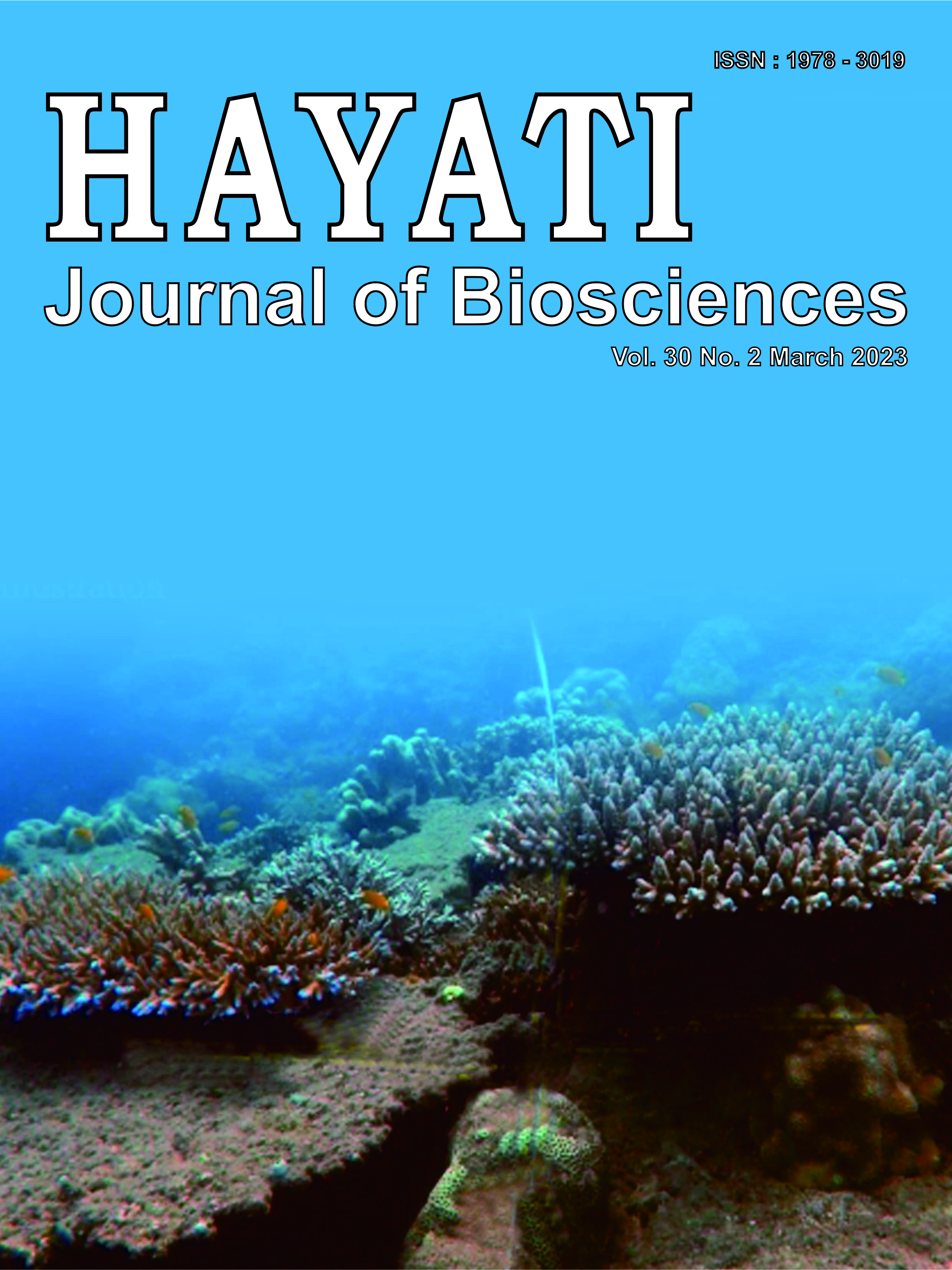Growth of Red Amaranth (Amaranthus cruentus L.) Cultivated on Soil-Based Substrate Amended with a Residue of the Black Soldier Fly Larvae Containing Heavy Metals
Abstract
Red amaranth (Amaranthus cruentus L.) is a fast-growing and nutritious leafy vegetable. The seed population density needs to be known appropriately to obtain the optimal yield of marketable sizes plants. The residue of black soldier fly (BSF) larvae culture has been recognized as a potential source of nutrients for cultivating red spinach plants. This study was designed to search for the best combination of plant population density and BSF concentration to obtain the optimal marketable yield of the red amaranth plant. In addition, an accurate leaf area estimation of the red amaranth plant was also developed using leaf dimensions as a predictor with several regression models. Two experiments were conducted. Firstly, the BSF residue was applied at a high rate (up to 50%) using a floating culture system. Application of the residue at the rate of 30% and higher significantly inhibited the growth of the red amaranth. Secondly, the application rate was reduced to 10% and 20%, and the experiment was conducted using the conventional cultivation system. Results indicated that the optimum application rate of the BSF residue was 10% for enhancing growth. Application of seed density at 30 mg/dm2 produced an optimum marketable yield of the red amaranth since a higher population density causes plant-plant competition. Thus, creating high size variability within the population or reducing the average size of the harvested plants. Lastly, the leaf area of red amaranth can be accurately estimated using the leaf length x width (LW) as a predictor using the zero-intercept linear regression model.
Downloads
Copyright (c) 2023 Hana Haruna Putri, Benyamin Lakitan, Zaidan Panji Negara, Strayker Ali Muda

This work is licensed under a Creative Commons Attribution-NonCommercial 4.0 International License.
HAYATI J Biosci is an open access journal and the article's license is CC-BY-NC. This license lets others distribute, remix, tweak, and build upon author's work, as long as they credit the original creation. Authors retain copyright and grant the journal/publisher non exclusive publishing rights with the work simultaneously licensed under a https://creativecommons.org/


















.png) IPB University
IPB University Department of Biology
Department of Biology The Indonesian Biological Society
The Indonesian Biological Society 

